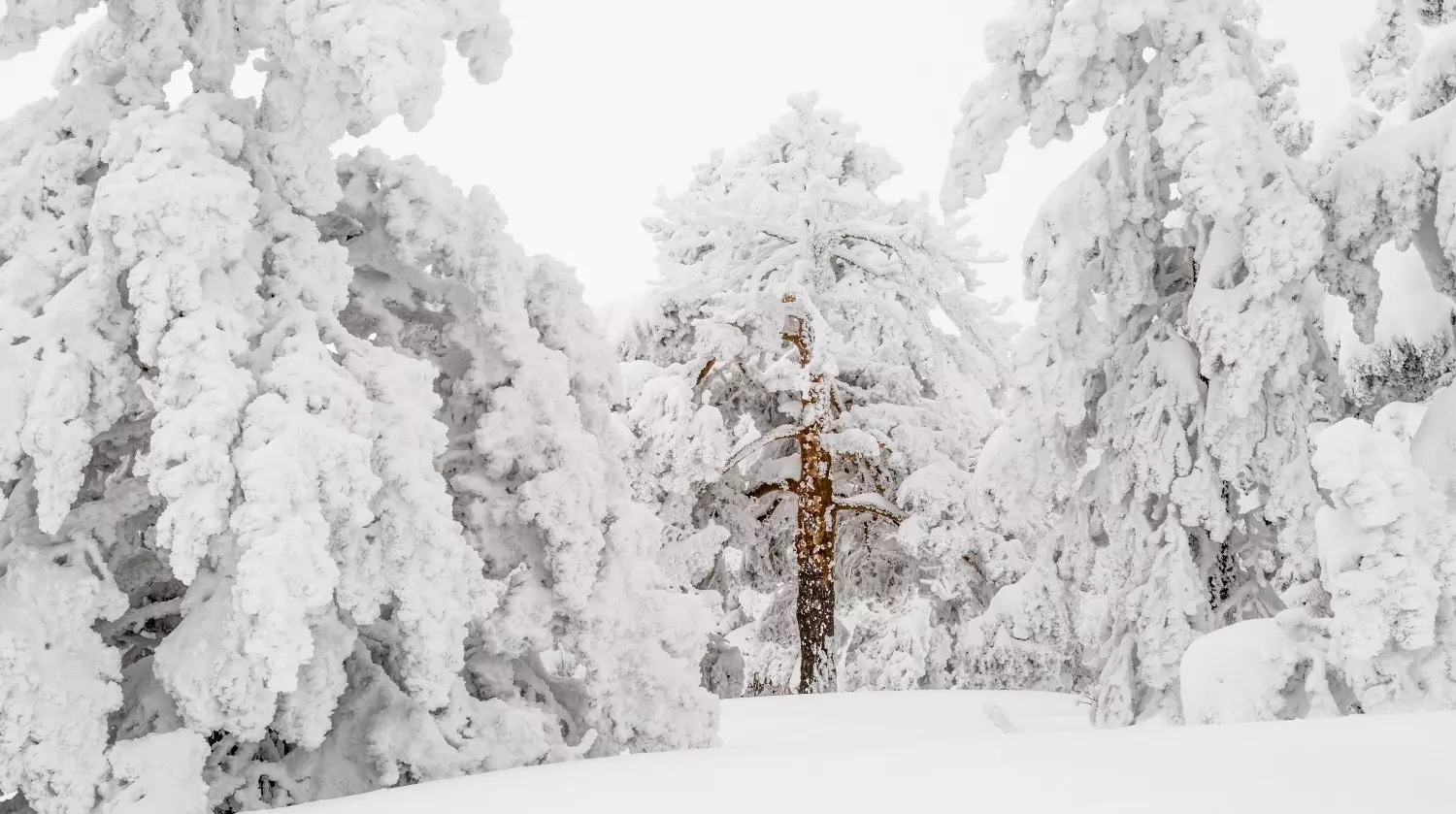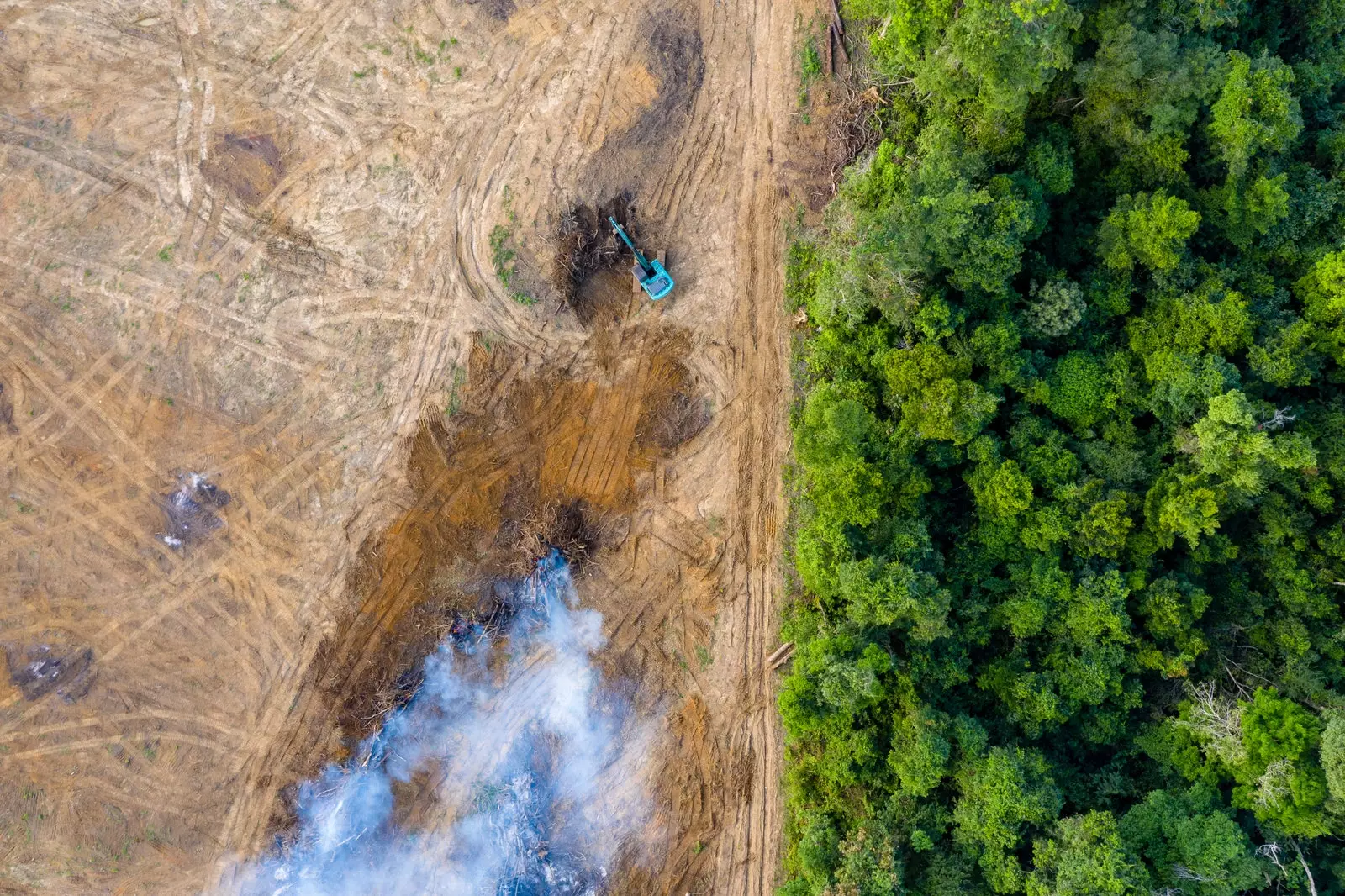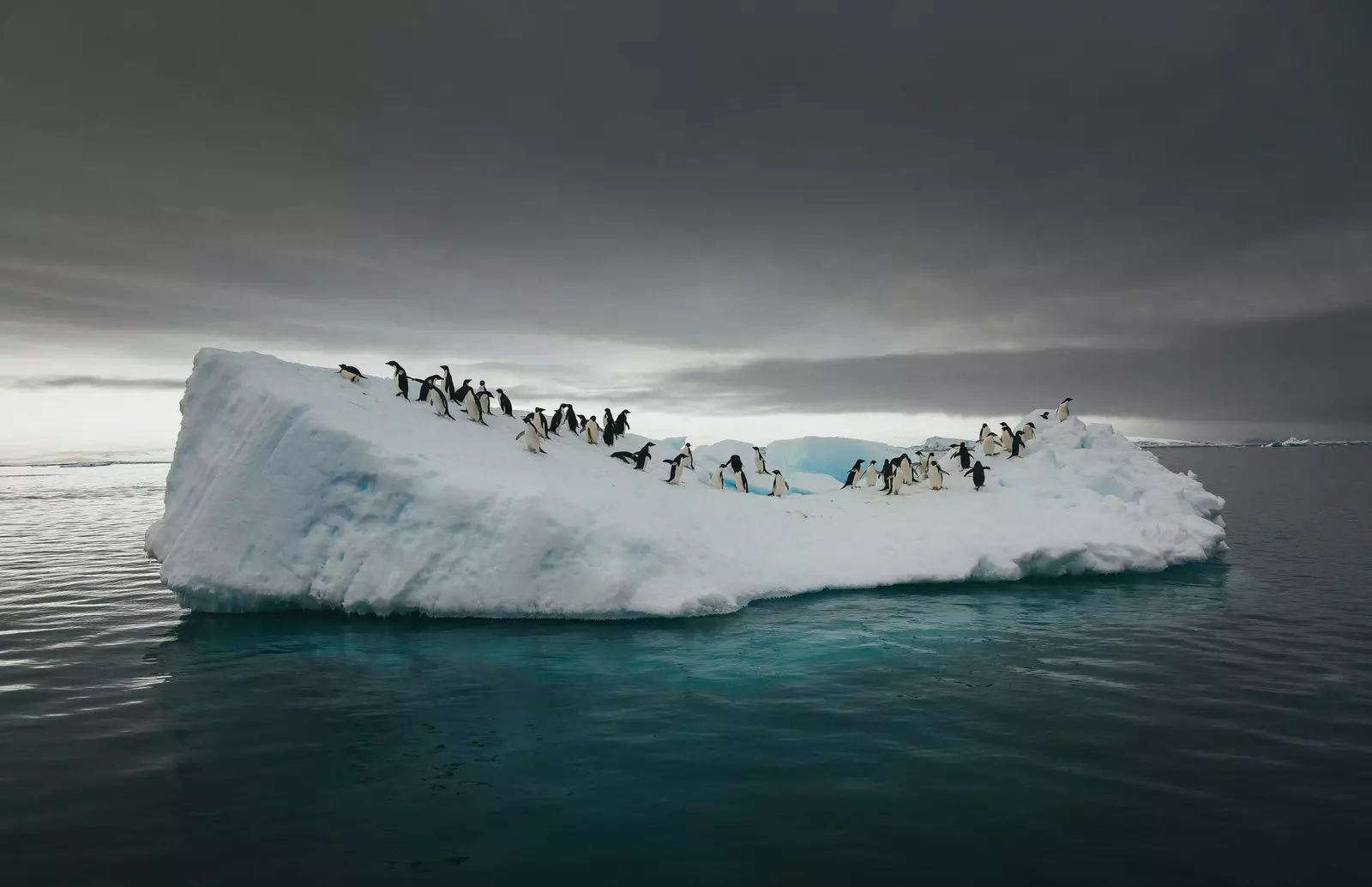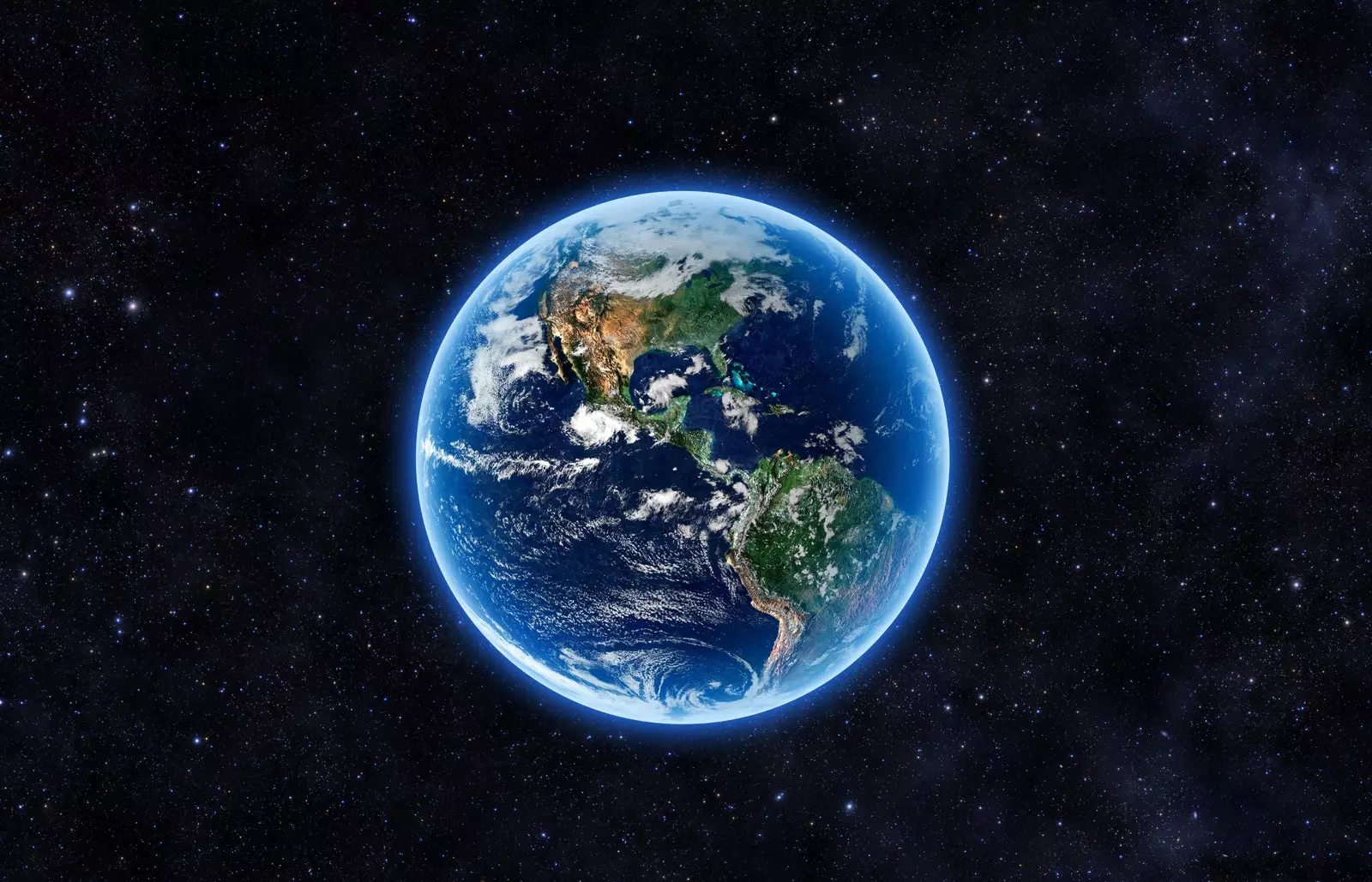70 shocking photographs in the Madrid Retiro Park They remind us of the fragility of our planet. 'Climate change. How to avoid global collapse Promoted by the AXA Foundation and carried out by Lunwerg, it allows us to take a trip around the planet to learn about the shocking meteorological phenomena that affect us, the climate and the landscapes.
A more than evident transformation that once again puts the focus on the climate emergency and the need to stop a situation generated by human beings.

The effects of climate change are increasingly extreme.
WHAT HAS CHANGED
The images of the exhibition, which can be seen outdoors, stop at what has changed: from the loss of glaciers, to animal migrations or blooms at the wrong time; or from heat waves or the change in the composition of sea water , to diseased forests or rising sea levels.
But the message contains a wake-up call and a door to hope, highlighting the measures and actions that are already underway: research, protection of natural spaces, fixing the price of carbon and greenhouse gas emissions, the application by entire countries of sustainability criteria and clean energy economies , regenerative agriculture, the use of renewable energies or new non-polluting transport.
In addition to being a delight for lovers of photography or nature, the AXA Foundation wants this exhibition to be a call to reflection and commitment to the preservation of our planet and the fight against the negative effects of climate change. "The naturalist Joaquín Araújo, curator of the exhibition, reminds us that the exhibition gives us a wake-up call about the responsibility that each one of us has on climate change," they underline in a press release.
And he adds: “This civilization, she has been wanting to hide for too long from a disaster that emanates from herself and culminates in herself . There is enough evidence that nothing good awaits us if we do not react urgently, across the board and ambitiously. The best instrument to face the catastrophe is that we know perfectly well what must be done. There are countless examples of production, construction and transportation models that end up with little or even no air pollution. We know how to enhance spontaneous carbon fixers. We can renaturalize towns and, above all, cities. We can accumulate less and reduce speeds. We can, in short, be much more like the atmosphere and less like ovens.”

Cutting down trees is one of the main causes of global warming.
THE MAIN SIGNS OF THE CLIMATE CRISIS
The exhibition takes us step by step through some of the effects and triggers of the climate crisis where we find ourselves. One of them is greenhouse gases, could you say which ones are the most harmful to the planet?
Although we place carbon dioxide at the head of greenhouse gases, our activities in all economic sectors release other gases that enhance it. Methane, released by the metabolism of animals and certain waterlogged sites, the distribution of natural gas and oil, or coal mining, is more worrying than CO2 . Nitrous oxides, CFCs, even ozone, also contribute to the retention of heat from solar radiation in our atmosphere.
In addition to gases, fires they are another cause and effect of the climate crisis. The greater the warming, the more fires and fewer trees, which are air coolers. Your loss can only be settled with more weather disasters . Throughout 2019 alone, the planet lost about 17 billion trees by the great fires in Siberia, Australia and the Amazon. In addition, there is evidence that climate change is already beginning to modify the phenology and distribution of forest ecosystems.

The species most affected by the melting: penguins, seals, polar bears...
THE MOST ENDANGERED SPECIES
Melting ice is the most visible and impactful part of climate change, and the species that suffers the most is the polar bear. Polar bears stand out as one of the main victims of global warming , since they need the floating ice and the frozen sea to hunt the seals, their main prey. The disappearance of the ice will lead to its extinction in freedom.
Living things that have built more throughout the history of life, more even than humans, are being devastated by rising ocean temperatures. Corals die after losing their basic colors and becoming bleached . With its disappearance we also lose the most complex and complete biological community of the seas.

How does it affect our footprint on the planet?
REDUCE FOOTPRINT
The carbon footprint is the amount of greenhouse gas emissions produced by human beings when manufacturing a product or carrying out their daily activities and is expressed in tons of CO2 emitted. Slowly, Fossil fuel-free transportation systems are growing in many urban centers . The electrification of vehicles is beginning to be a rarity. However, nothing would help us more than the generalization of the habit of walking and the use of bicycles.
Climate change influences the infrastructures. Droughts, major floods, storms or snowfall cause changes in the behavior of the ground and subject the materials to stress situations that affect their condition. Adaptation is necessary and we must be able to anticipate extreme weather events and innovate to build and modernize resilient infrastructures that guarantee their safety. The exhibition 'Climate Change' also reflects on this aspect, through photography, which can be seen at the Paseo de Coches in Madrid's Retiro Park until June 26.
